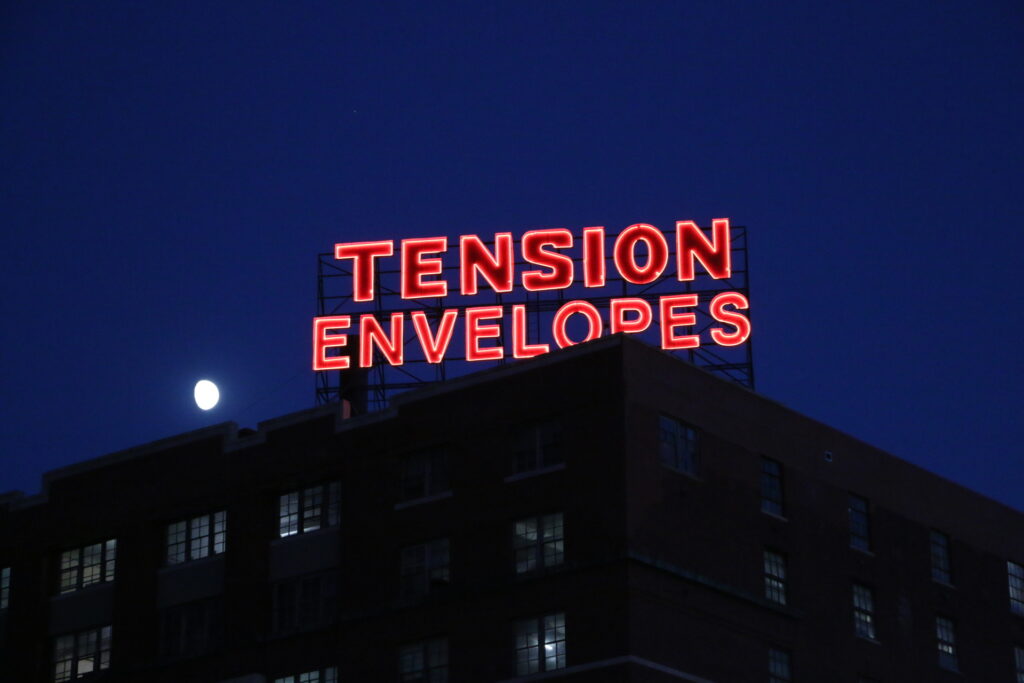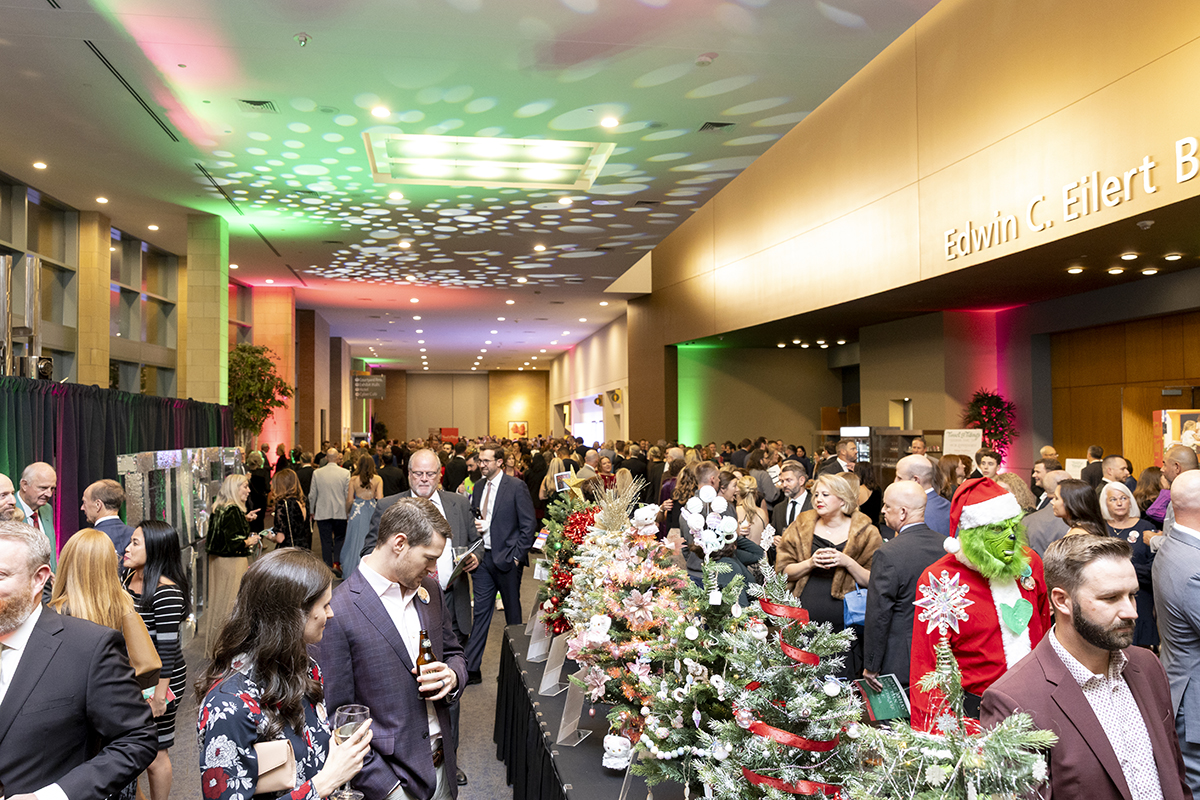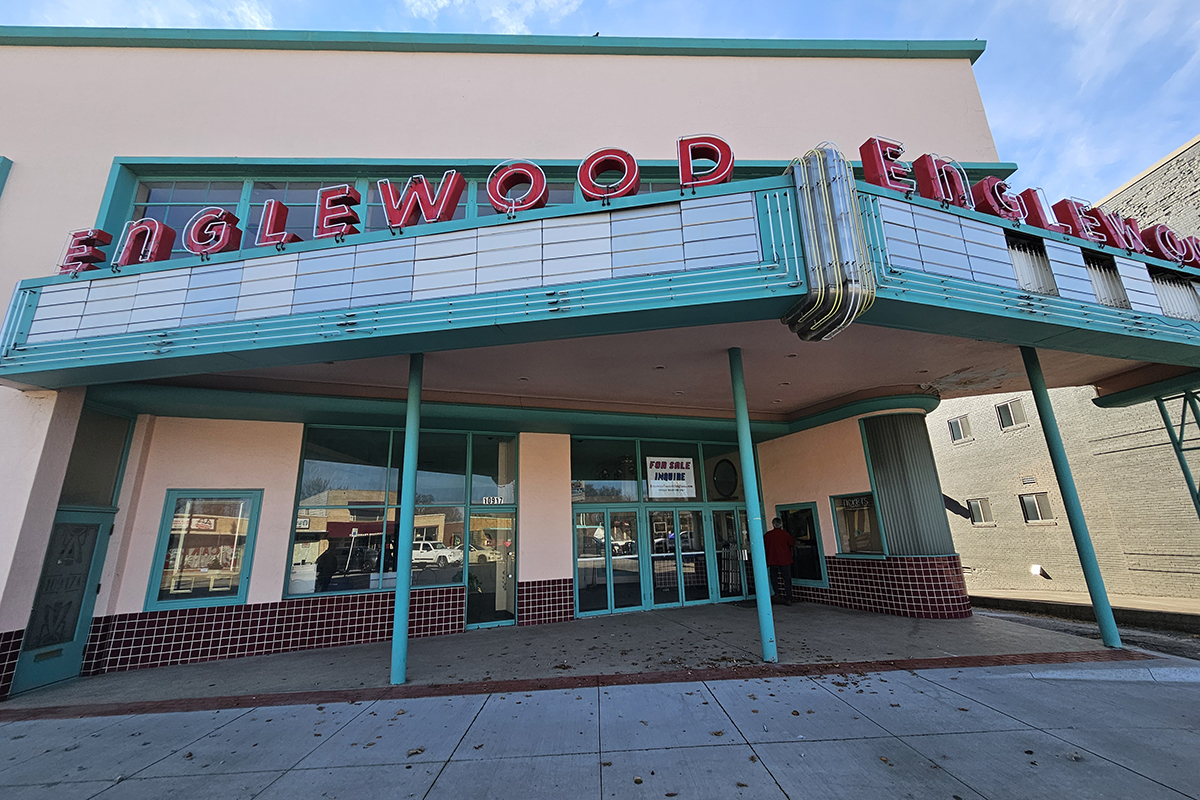Boston has the Citgo sign, Los Angeles has the Hollywood sign, and New York has the jumbotrons of Times Square. In Kansas City, we have Western Auto and Tension Envelopes signs.
The city’s downtown skyline is brightened by the iconic silhouettes that have stood for about seventy years and still burn bright—even if most locals can’t tell you exactly what they’re advertising anymore.
Western Auto Company sold automobile parts and eventually expanded and took over the Coca-Cola building in 1951. The well-known sign, which is seventy-three feet tall with an arrow that’s a hundred and fifty feet long and made from thirty tons of steel, came a year later. The sign was added to the National Register of Historic Places in 1988. Western Auto closed ten years later.
Today, the sign sits atop the Western Auto Lofts building. It wasn’t until 2018, with the help of the building’s homeowner association, that the sign once again consistently lit the sky.

The city’s other landmark blinking sign is for a company that’s still in business. The ten-foot “Tension” and eight-foot “Envelopes” sign was erected in 1959, shortly after Tension Envelopes bought the building. Now known as Tension Corporation, the business is one hundred and thirty-three years old and manufactures envelopes, design packaging and automation equipment. “We continued to keep the sign on the building because we know the pride and heritage behind it,” says Tension Corporation staff member Karen Loggia.
It’s not as simple as leaving it up and flipping a switch every night. During KC’s cold winters, popular signage materials like mercury would coagulate and create a dim, dull product. Instead, Tension Envelopes’ sign is outlined with clear red neon that was hand-blown for every open channel letter. “It was a very popular color in the day and still is today just because it’s very crisp,” says Eric Pickett, who helps maintain the sign for Infinity Sign Systems.
The current Western Auto sign uses about twenty-five-hundred LED bulbs.
Pickett says you should not expect more iconic signs like them to be built—they’re on a scale that signmakers now shun.
“We’ve been very fortunate to service both of them for decades,” Pickett says. “We probably could not do those signs today.”

Other stories from “Kansas City Geographic”
The stories behind 16 of Kansas City’s most notable murals
Five Unexpected Things Hidden In Kansas City’s Massive Caves
How The Once-Crumbling Waldo Tower Became A Beloved Local Landmark
Does the weather change when you cross the Missouri River?
Arrowhead Tailgate Parties, Mapped
Here’s What Happened To Every Landmark On A 1962 Map Of Country Club Plaza





